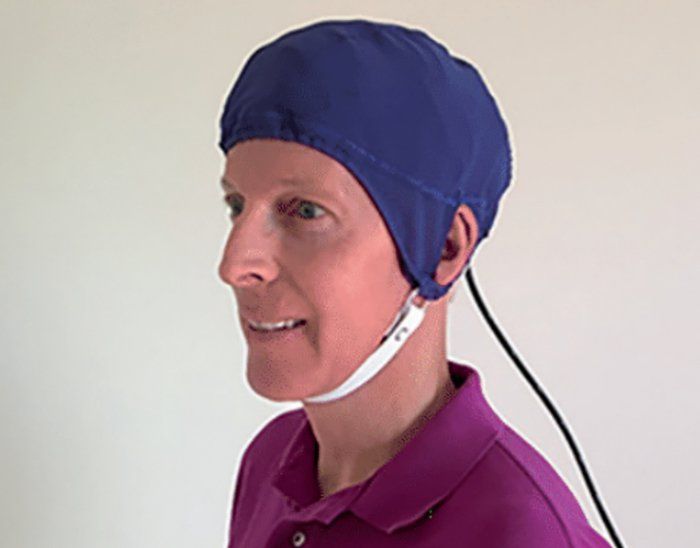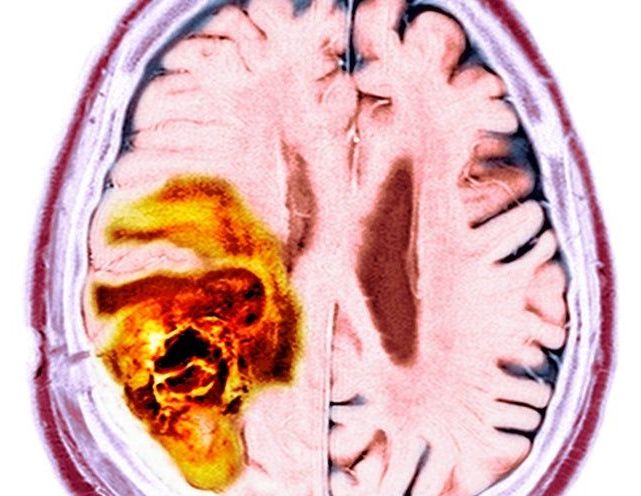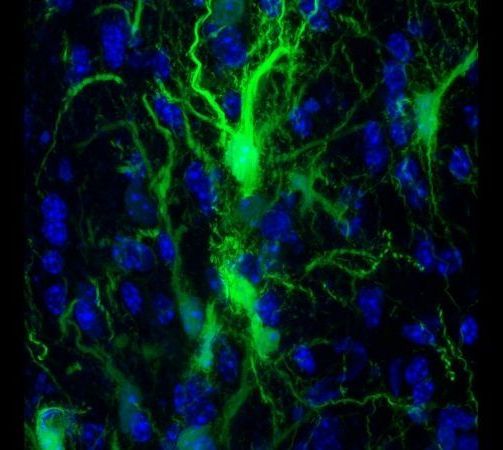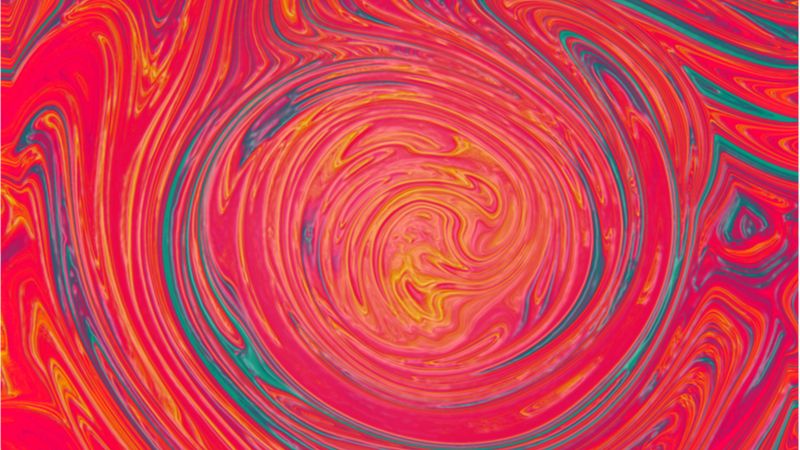In mice, cells in the hypothalamus clear out old memories while the animals sleep.



The first population-level study on the link between gut bacteria and mental health identifies specific gut bacteria linked to depression and provides evidence that a wide range of gut bacteria can produce neuroactive compounds. Jeroen Raes (VIB-KU Leuven) and his team published these results today in the scientific journal Nature Microbiology.[br /][br /].

There has been a continuously increasing volume of data which has demonstrated that victimization, the clinical term for bullying, affects hundreds of millions of children and adolescents which can sometimes last for years and even decades. This is seen as a global health challenge by the World Health Organization and the United Nations. However, researchers maintain there is still a limited understanding of how this act can affect the developing brain physically.
Most of the research into the neurobiological processes that might contribute to these negative health outcomes has occurred in the past decade, much of it focused on bullying’s impact on the body’s stress response system. A paper published last December in the journal Molecular Psychiatry sheds some light on a different area: brain architecture. The trauma stemming from chronic bullying can affect the structure of the brain, according to longitudinal magnetic resonance imaging (MRI) data collected by an international team based at King’s College London. The findings echo previous research, which has demonstrated similar changes in children and adults who experienced what’s known as “child maltreatment” — neglect or abuse by adult caregivers.
Long-term changes to the brain’s structure and chemistry are an indicator “of how sinister bullying is” says Tracy Vaillancourt, a developmental psychologist at the University of Ottawa. Along with others in the field, she is hopeful that studies like the one from King’s College will be a catalyst for further research which could ultimately be used to inform policy decisions and support anti-bullying interventions.

In the ongoing efforts to control and treat Alzheimer’s, one of the more promising avenues of research is using electromagnetic waves to reverse memory loss – and a small study using this approach has reported some encouraging results.




Cellular senescence, discovered in 1961 by Leonard Hayflick and Paul Moorhead, is a state in which cells no longer perform their functions, instead emitting harmful chemicals that turn other cells senescent. Senescence is primarily caused by telomere shortening and DNA damage, and senescent cells are known to contribute to multiple diseases, such as Alzheimer’s, Parkinson’s, and dementia.
One method of removing senescent cells is caloric restriction, which is a temporary reduction of food calories. This has been shown to be one of the most effective methods to decrease and slow the onset of aging phenotypes [1].
This is related to autophagy, which is the cell’s natural method of breaking down parts of itself when it doesn’t have immediate access to food [2]. Autophagy has been shown to both promote and prevent senescence. It removes damaged macromolecules or organelles, such as mitochondria, which would otherwise cause cellular senescence. However, some of the processes that cause autophagy cause cellular senescence as well [3].


Transplanted brain stem cells survive without anti-rejection drugs in mice. By exploiting a feature of the immune system, researchers open the door for stem cell transplants to repair the brain.
In experiments in mice, Johns Hopkins Medicine researchers say they have developed a way to successfully transplant certain protective brain cells without the need for lifelong anti-rejection drugs.
A report on the research, published today (September 16, 2019) in the journal Brain, details the new approach, which selectively circumvents the immune response against foreign cells, allowing transplanted cells to survive, thrive and protect brain tissue long after stopping immune-suppressing drugs.